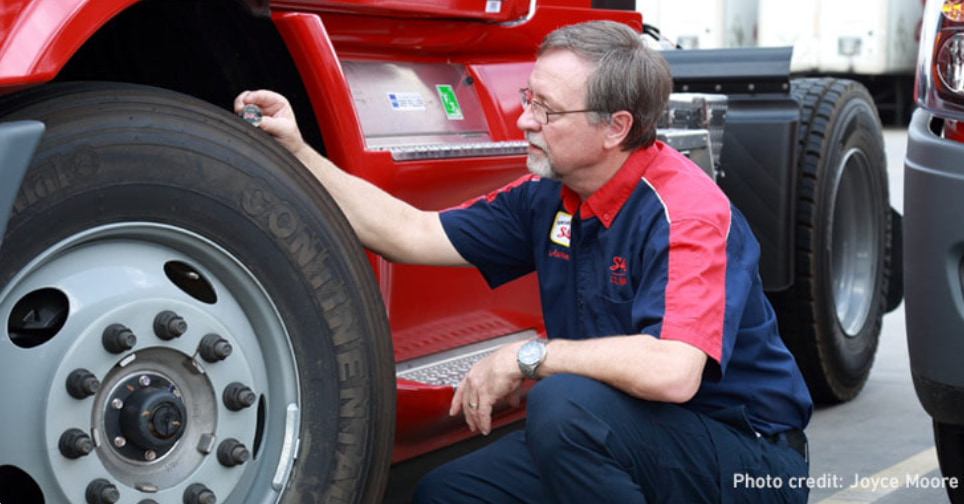Driver Incentive Programs: Do They Work?

Do driver incentives programs work?
It’s a good question, especially for program managers who are looking for ways to boost performance, reduce accidents, and get employees to just plain care about safety.
We posed this question to safety heads at three well-respected organizations known for their results—Karla Staver of Saia LTL Freight, Lev Pobirsky of Pepsi National Brands, and Kristin A. Danner of the City of Kansas City. Together, they are directly responsible for the safety and well being of more than 14, 000 people.
The short answer? All three leaders agree that driver incentive programs have the power to drive individual performance and organizational effectiveness—but only if they are done right. Rewards that rely only on simple Pavlovian responses to stimuli are likely to backfire, or at best have short-term results. (For a summary of research on this, read Brown University professor Alfie Kohn’s article in the Harvard Business Review.)
When Pepsi National Brands combined its challenge coin incentive program with driver coaching based on DriveCam program analytics, the company saw a 30 percent drop in collisions, year-over-year.
So how do you effectively use incentives to motivate people toward safe behaviors? One of the most important components, Danner said, is authenticity.
“It needs to be heartfelt,” Danner said. “Don’t just give people stuff. Tell them why they are getting it. Tell them how much you appreciate what they do. Show them you respect the work that they perform and the extra efforts they made. Without meaning, it’s just stuff.”
A simple way to get in tune with your drivers is to ask what they think. “Sit down with your employees and talk to them about what they would like,” said Staver, who has incorporated many suggestions into Saia’s programs over the years, including a safety coin that also functions as a tire-depth gauge and a company jacket with reflective strips so drivers are safer when they change tires on the side of the road at night. “We want people to know they have a voice,” she said.
Another essential component is objectivity. Both Danner and Pobirsky, for example, use safe driving data from the DriveCam program to determine who receives recognition. With DriveCam program analytics, safety managers can generate lists of top-performing drivers, configured to their customized safety goals. Aside from being relatively simple to do, objective measures also promote a sense of fairness.
Transparency, which often works hand-in-hand with objectivity, is also important. People need to know in advance what they need to achieve to earn a reward, Danner said. Connecting the incentive with achievements in a timely way helps to reinforce safe behaviors, she said.
Finally, all three safety leaders affirm that the No. 1 factor for the success of their driver incentive programs is a strong safety culture. “You have to link it back to your culture and your mission statement,” Staver said. “Does your program really match your mission? If safety is not a core value, rewards for meeting safety goals don’t mean as much. But if we’re constantly talking about safety and the company culture supports it at every level, reward programs are much more likely to be meaningful and successful.” You can read more about culture here.
To be sure, incentives don’t work for everyone. Pobirsky, who modeled the Pepsi Challenge Coins after the challenge coins he saw when he was in the U.S. Marine Corps, estimated that rewards motivate about 60 percent of drivers.
“There is a group for whom it doesn’t work,” he said. Even so, when Pobirsky combined the challenge coins with driver coaching based on DriveCam video, collisions dropped 30 percent year over year.
“You have some people who aren’t going to be happy no matter what you do,” Danner said. “But I think that’s a very small group. I don’t personally know of anyone who doesn’t like recognition or appreciation for their efforts.”
Find more great content on driver incentive programs and how to keep yours on track here.
